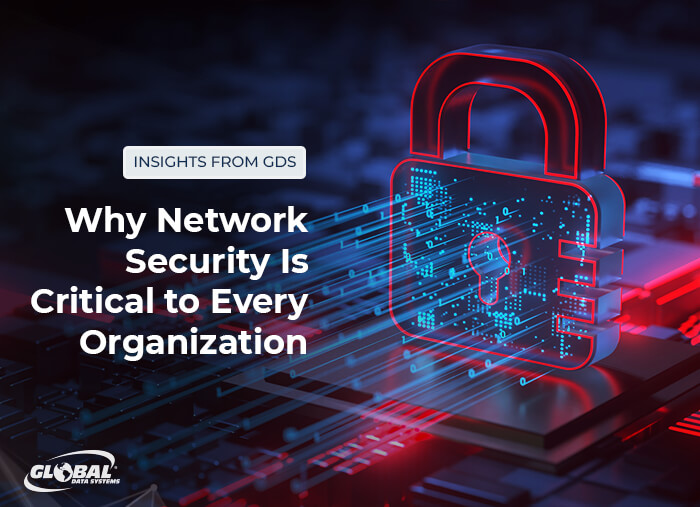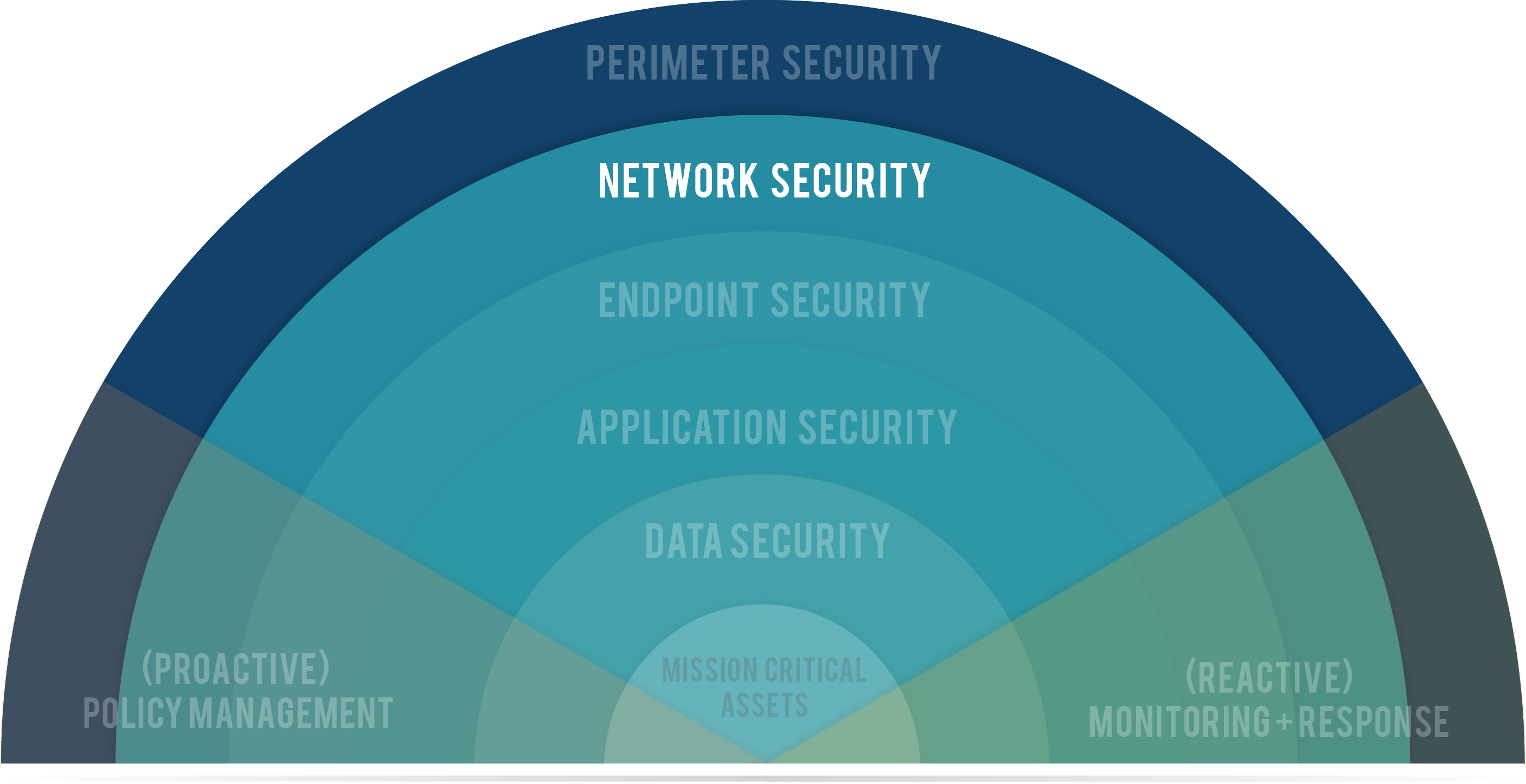How Data Cyber Security Protects Your Organization from Emerging Threats
How Data Cyber Security Protects Your Organization from Emerging Threats
Blog Article
The Critical Function of Information and Network Protection in Safeguarding Your Info
In an era where data breaches and cyber hazards are significantly common, the significance of robust information and network safety and security can not be overemphasized. The execution of reliable protection procedures, such as file encryption and access controls, is crucial to keeping depend on and operational stability.
Recognizing Information Protection
In today's digital landscape, a frustrating bulk of organizations come to grips with the intricacies of data security. This important part of info modern technology includes protecting delicate information from unauthorized accessibility, corruption, or theft throughout its lifecycle. Information safety and security incorporates different approaches and innovations, consisting of encryption, gain access to controls, and information masking, all focused on guarding information against violations and vulnerabilities.
An essential facet of data safety is the recognition and classification of information based upon its level of sensitivity and significance. This category aids organizations prioritize their safety initiatives, allocating resources to shield the most important info properly. Carrying out durable plans and treatments is essential to ensure that employees comprehend their duty in maintaining data safety and security.
Routine audits and evaluations aid in determining prospective weak points within a company's data safety and security framework. Additionally, worker training is essential, as human error continues to be a significant aspect in data violations. By cultivating a society of protection recognition, companies can alleviate dangers related to insider threats and carelessness.
Relevance of Network Protection
Network protection stands as a keystone of an organization's overall cybersecurity strategy, with approximately 90% of organizations experiencing some kind of cyber danger over the last few years. The value of network safety hinges on its capability to safeguard sensitive details and preserve the integrity of business procedures. By protecting network infrastructures, companies can protect against unapproved access, information breaches, and other destructive activities that can jeopardize their assets and online reputation.
Applying robust network security determines not only aids in mitigating risks yet likewise cultivates depend on among stakeholders and clients. When clients are assured that their monetary and individual info is safe, they are much more most likely to engage with the company, leading to improved consumer loyalty and organization growth.
Additionally, a well-structured network protection framework promotes compliance with different governing requirements. Organizations needs to comply with market criteria and lawful requireds worrying data security, and reliable network security methods can make certain compliance, consequently staying clear of prospective fines.

Usual Cyber Risks
Organizations have to remain cautious against a selection of cyber dangers that can undermine their network security initiatives. Among one of the most common hazards is malware, which includes infections, worms, and ransomware that can interrupt operations, swipe data, or hold details hostage. Phishing strikes, where malicious stars impersonate relied on entities to deceive individuals right into disclosing delicate information, proceed to grow in refinement, making user education and learning essential.
An additional prevalent danger is distributed denial-of-service (DDoS) assaults, which overload systems with traffic, making them inaccessible to genuine customers. Insider dangers, whether unintended or intentional, present substantial risks as workers might inadvertently subject delicate information or intentionally exploit their gain access to for destructive purposes.
Furthermore, susceptabilities in software program and hardware can be made use of by cybercriminals, highlighting the relevance of normal updates and patch administration. Social engineering techniques further complicate the landscape, as opponents manipulate individuals into revealing secret information via psychological manipulation.
As these risks progress, companies have to maintain a proactive approach to identify, reduce, and respond successfully to the ever-changing cyber threat landscape, protecting their beneficial information and maintaining count on with stakeholders. fft pipeline protection.
Finest Practices for Security
Carrying out robust safety and security steps is important for protecting sensitive information and maintaining functional honesty. Organizations must begin by carrying out extensive risk assessments to recognize susceptabilities within their systems. This positive method enables the prioritization of security campaigns customized to the official source certain needs of the organization.
Taking on solid password plans is crucial; passwords must be complicated, routinely changed, and took care of utilizing secure password monitoring tools. Multi-factor verification (MFA) adds an additional layer of protection by calling for additional confirmation approaches, therefore reducing the threat of unauthorized accessibility.
Routine software updates and spot management are essential to shield against recognized vulnerabilities. Implementing firewall softwares and intrusion detection systems can further protect networks from exterior risks. Employee training is similarly important; personnel needs to be informed on identifying phishing attempts and comprehending the relevance of data protection protocols.
Information security should be employed for sensitive info, both at remainder and in transportation, to ensure that even if data is intercepted, it stays unattainable (fft pipeline protection). Companies have to create and regularly examination case feedback intends to make certain speedy activity in the occasion of a safety breach. By sticking to these finest methods, organizations can enhance their security posture and shield their critical information properties
Future Trends in Safety
The landscape of data and network safety and security is constantly evolving, driven by improvements in innovation and the enhancing refinement of cyber risks. As organizations significantly embrace cloud computing and IoT devices, the standard of safety will change toward a zero-trust version. This technique emphasizes that no entity-- go now internal or exterior-- is naturally trusted, mandating confirmation at every accessibility point.
Furthermore, the usage of man-made intelligence and maker understanding in protection procedures is on the surge. These modern technologies allow predictive analytics, enabling organizations to determine vulnerabilities and prospective dangers before they can be manipulated. Automation will likely play a critical duty in improving protection actions, reducing the time required to reduce violations.
Additionally, regulative structures will proceed to tighten up, necessitating extra stringent compliance actions. Organizations should remain abreast of advancing policies to guarantee they fulfill safety and security criteria.

Final Thought
In final thought, the significance of information and network safety can not be overstated in the modern digital landscape. With the prevalence of cyber hazards and the boosting complexity of regulatory needs, organizations must embrace extensive security procedures to safeguard delicate info. By implementing efficient strategies and remaining notified concerning emerging fads, companies can boost their resilience versus potential assaults, ensuring data honesty and promoting trust fund among customers and stakeholders. Prioritizing protection remains necessary for operational continuity and lasting success.
In an era where data breaches and cyber dangers are significantly widespread, the importance of robust information and network safety and security can not be overstated. Data safety incorporates numerous strategies and technologies, including encryption, gain access to controls, and data masking, all aimed at guarding details versus violations and susceptabilities.
A fundamental aspect of data security is the identification and classification of data based on its level of sensitivity and importance.The landscape of information and network protection is consistently evolving, driven by developments in technology and the increasing sophistication of cyber threats.In conclusion, the significance of information and network protection Get the facts can not be overemphasized in the modern digital landscape.
Report this page